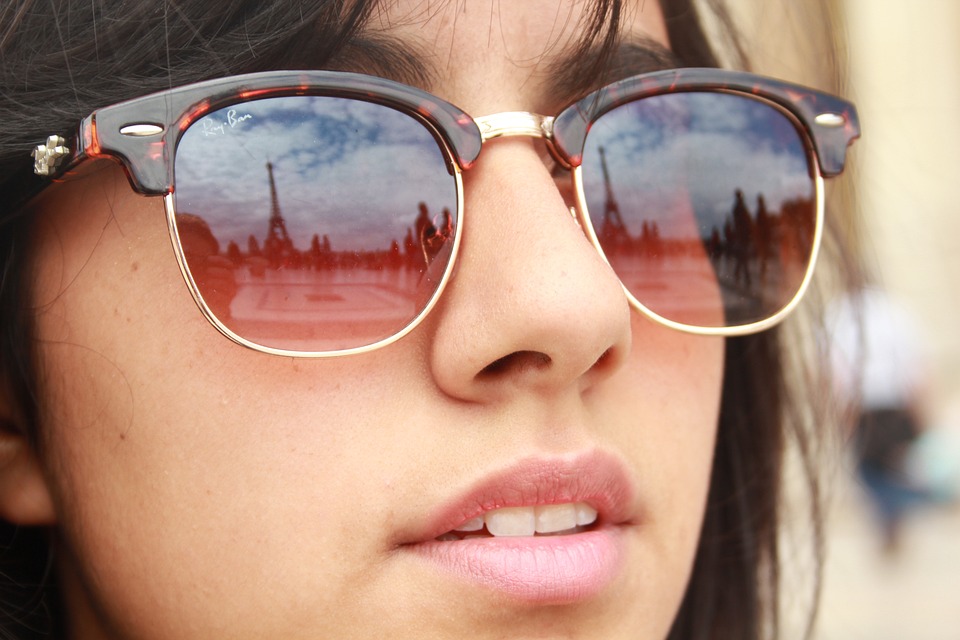French Art at its Finest: Vanity Fair’s Impressive Collection
Introduction:
French art has a long and storied history, encompassing various artistic movements and producing some of the most renowned artists the world has ever seen. Vanity Fair, the iconic American magazine, has amassed an impressive collection of French art, showcasing the best works from different periods. From the tantalizing Impressionist paintings to the breathtaking masterpieces of the Romantic era, Vanity Fair’s collection offers a glimpse into the artistic brilliance of France.
HTML Headings:
Heading 1: The Beginnings of French Art
Heading 2: The Renaissance and Classicism
Heading 3: Rococo: A Celebration of Extravagance
Heading 4: Romanticism: A Revolution in Art
Heading 5: Impressionism: Capturing Moments in Time
Heading 6: Post-Impressionism: Beyond the Brushstroke
Heading 7: Art Nouveau: The Graceful Style
Heading 8: Frequently Asked Questions
The Beginnings of French Art:
French art has its roots in prehistoric cave paintings, such as those found in the Lascaux caves. However, it was during the medieval period that France truly emerged as a center of artistic excellence, particularly in the fields of Gothic sculpture and stained glass. These early artworks laid the foundation for the French artistic mastery that was to come.
The Renaissance and Classicism:
Heading into the Renaissance, France experienced a significant cultural transformation. Artists like Leonardo da Vinci and Raphael inspired French artists to explore new techniques and approaches to art. Classicism also took hold during this period, with artists adhering to the principles of balance, harmony, and proportion. Jean-Baptiste Greuze and his emotionally charged portraits are fine examples of this era.
Rococo: A Celebration of Extravagance:
In the 18th century, Rococo art reached its height in France. Characterized by its playful and ornate style, Rococo represented the flourishing aristocratic society of the time. François Boucher, known for his idyllic landscapes and delicate pastel palette, was one of the prominent artists of this period. The Vanity Fair collection showcases some of the most exquisite Rococo artworks that capture the opulence and charm of this era.
Romanticism: A Revolution in Art:
The early 19th century witnessed a shift away from the elegance of Rococo and the severity of Neoclassicism. Romanticism swept through France, emphasizing emotional expression, individualism, and the sublime. Eugène Delacroix, known for his dramatic and intense works, exemplifies the spirit of Romantic art. Vanity Fair’s collection includes several stunning Romantic pieces that evoke a sense of passion and introspection.
Impressionism: Capturing Moments in Time:
Perhaps the most iconic movement in French art history, Impressionism emerged in the late 19th century. Artists like Claude Monet, Pierre-Auguste Renoir, and Edgar Degas sought to capture fleeting moments and the play of light on their subjects. Their loose brushstrokes and vibrant colors revolutionized the art world. Vanity Fair’s collection features some of the finest Impressionist masterpieces, each exuding a sense of immediacy and movement.
Post-Impressionism: Beyond the Brushstroke:
Building upon the foundation laid by the Impressionists, Post-Impressionist artists broke new ground in terms of color, form, and composition. Artists like Paul Cézanne, Vincent van Gogh, and Paul Gauguin pushed the boundaries of artistic expression, paving the way for new artistic movements. Vanity Fair’s collection showcases the evolution of French art during this period, presenting the unique styles and visions of these groundbreaking artists.
Art Nouveau: The Graceful Style:
At the turn of the 20th century, Art Nouveau emerged as a reaction against the industrial revolution. Celebrating flowing lines, decorative patterns, and natural motifs, this movement sought to integrate art into everyday life. Artists such as Henri de Toulouse-Lautrec and Alphonse Mucha embraced the elegance and grace of Art Nouveau, offering a departure from the heavy brushstrokes of Impressionism. Vanity Fair’s collection features some of the most delicate and intricate Art Nouveau artworks, showcasing the beauty of this Art Nouveau era.
FAQs (Frequently Asked Questions):
Q: How did French art influence other artistic movements around the world?
A: French art has played a pivotal role in shaping artistic movements globally. The Impressionists, for example, inspired artists in various countries to experiment with color and light. Post-Impressionism influenced the development of Fauvism, Cubism, and Surrealism, among others. The French style has permeated artistic traditions around the world.
Q: Are Vanity Fair’s French art pieces available for public viewing?
A: Vanity Fair occasionally exhibits its impressive collection at galleries and museums. The public can check the magazine’s website or follow their social media channels for updates on upcoming exhibitions.
Q: Can I purchase artworks from Vanity Fair’s French art collection?
A: Vanity Fair’s art collection is primarily for display purposes and not for sale. However, they occasionally collaborate with galleries or auction houses for special events, where some pieces might be available for purchase.
Conclusion:
French art stands as a testament to the incredible creativity, innovation, and skill of its artists. Vanity Fair’s collection offers a comprehensive showcase of French art at its finest, spanning different periods and artistic movements. By preserving and curating these masterpieces, Vanity Fair celebrates the rich artistic heritage that continues to inspire and captivate audiences around the world.


